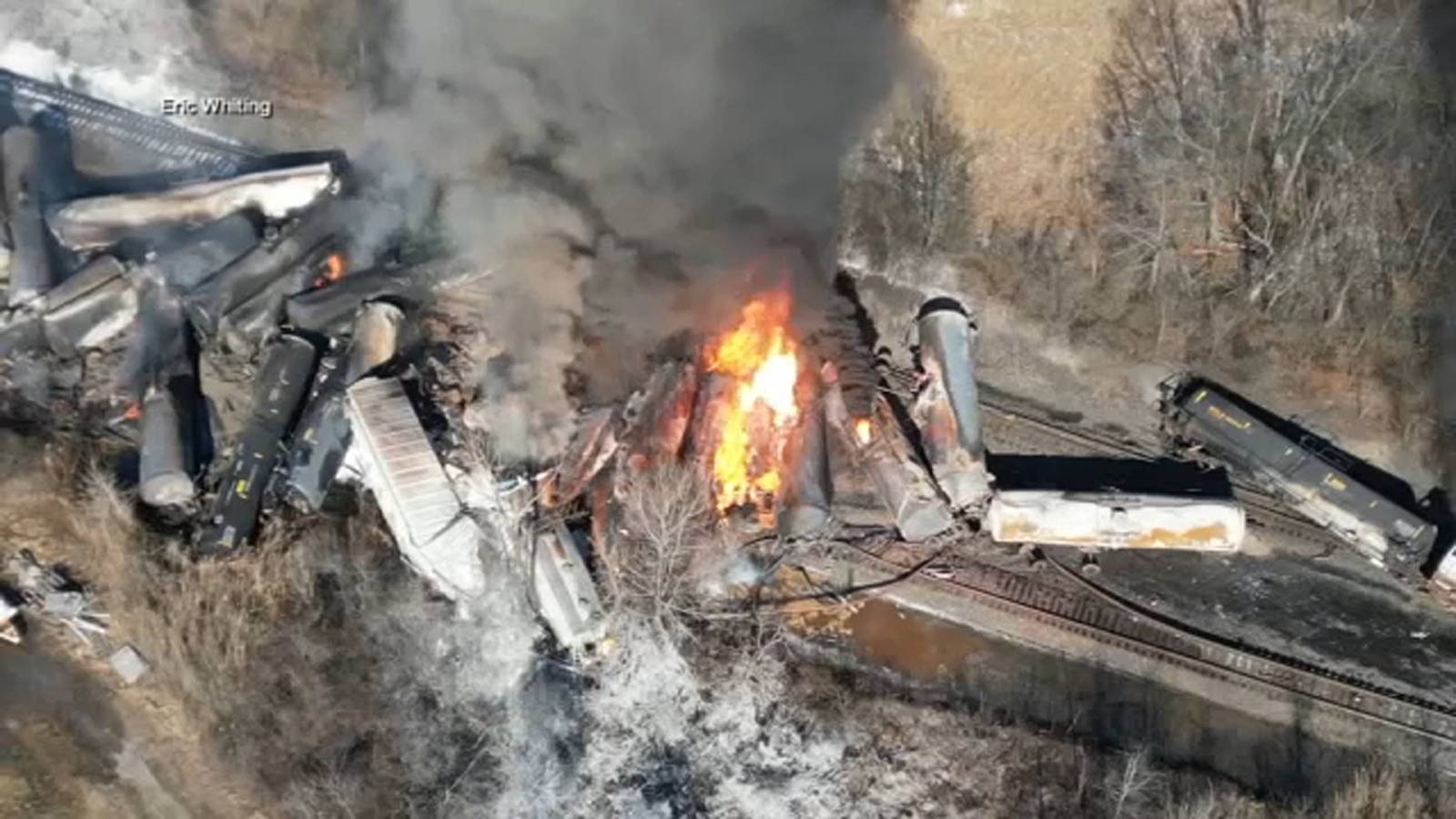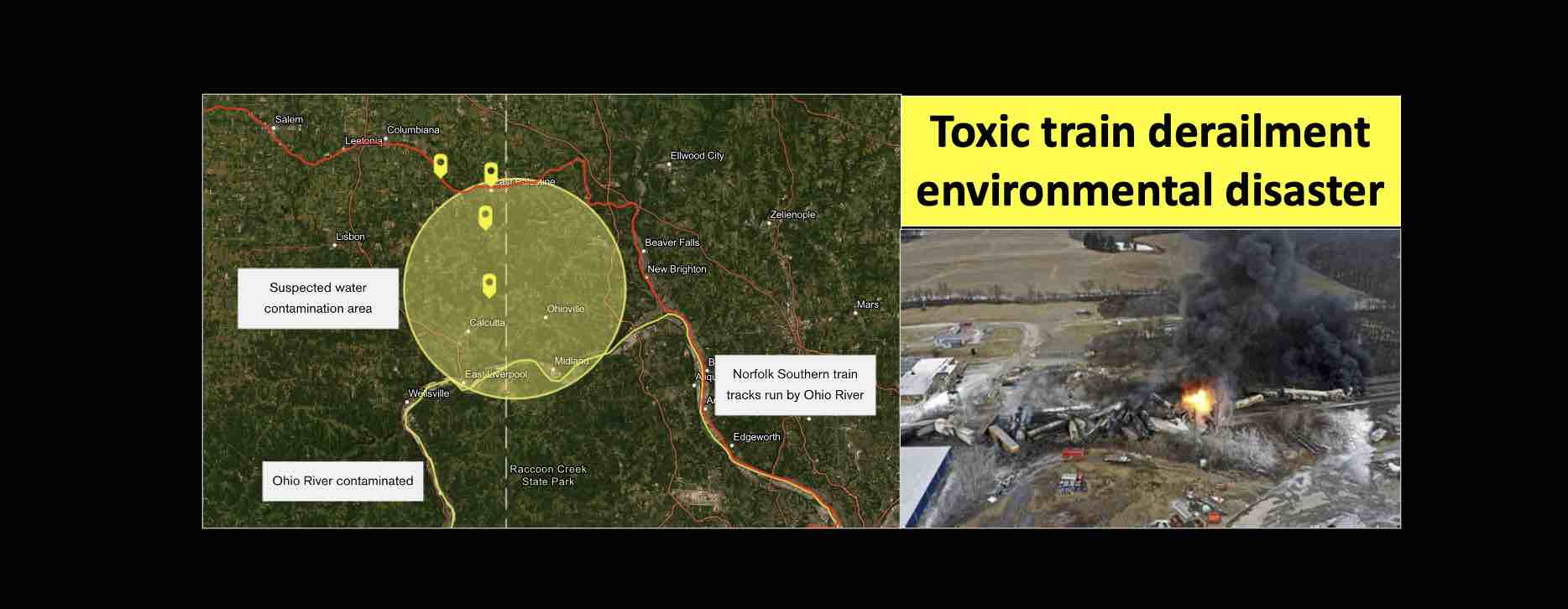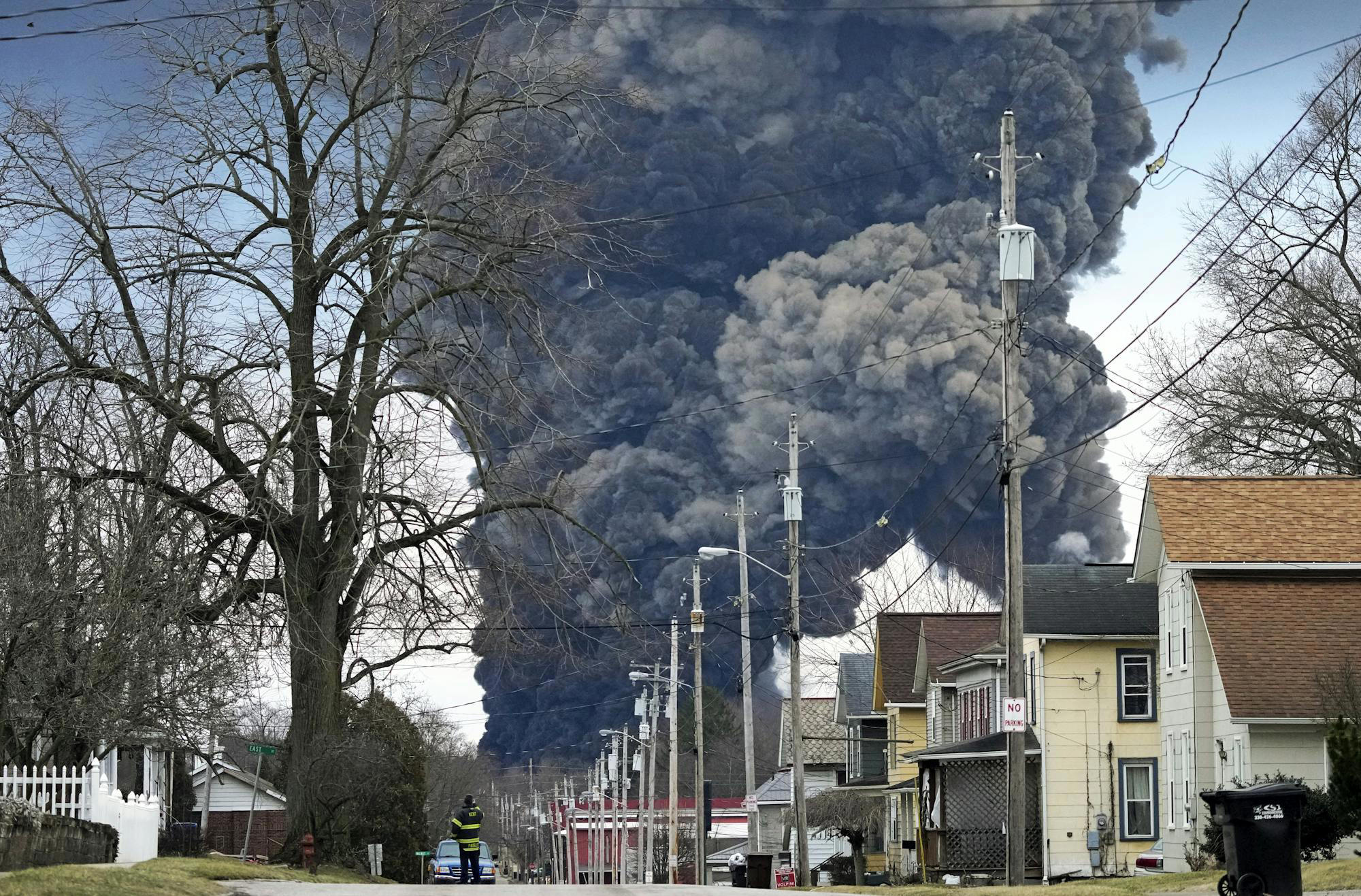Living Legends Of Aviation: A Tribute To Firefighters And First Responders

Table of Contents
The Unique Challenges of Aviation Firefighting
Aviation firefighting is a unique and demanding field, requiring specialized training and equipment to combat the intense heat, rapidly spreading fires, and hazardous materials involved in aircraft incidents.
Specialized Training and Equipment
Becoming an aviation firefighter requires rigorous training exceeding that of traditional firefighters. This specialized training equips them to handle the unique dangers of aircraft fires.
- Aircraft fire dynamics and behavior: Understanding how different aircraft materials and fuels react to fire is crucial for effective suppression.
- Hazardous materials handling: Aircraft often carry dangerous goods, requiring firefighters to be proficient in identifying and managing these risks.
- Rescue techniques in challenging environments: Extracting victims from severely damaged aircraft demands specialized techniques and equipment.
- Advanced driving skills: Operating Airport Rescue and Fire Fighting (ARFF) vehicles at high speeds, often in challenging conditions, necessitates exceptional driving proficiency. These vehicles, equipped with high-capacity water tanks, foam applicators, and specialized rescue tools, are vital for rapid response.
Rapid Response Times
In aviation firefighting, seconds matter. The rapid spread of fires fueled by jet fuel demands immediate action. A delay of even a few minutes can significantly impact the outcome. Studies show that the first few minutes are critical in limiting the damage and saving lives. The speed and efficiency of aviation first responders are paramount.
Dealing with Unique Hazards
Aviation fuels, such as jet A-1, present unique challenges. These fuels ignite easily and spread rapidly. Moreover, the materials used in aircraft construction can release toxic fumes when burning. Firefighters utilize specialized foams and techniques to suppress these fires effectively and minimize the release of harmful substances. They also must be prepared for potential explosions and structural collapses.
Beyond the Flames: The Role of First Responders in Aviation Emergencies
The role of first responders in aviation emergencies extends far beyond fire suppression. They are highly trained medical professionals and rescue experts, providing immediate care and extraction in critical situations.
Medical Expertise
Aviation first responders possess advanced medical training, enabling them to provide immediate medical attention at the scene. Their skills range from basic life support to advanced trauma care, often stabilizing victims before transport to hospitals. Rapid medical intervention in the immediate aftermath of a crash is often crucial for survival.
Rescue and Extraction
Rescuing passengers and crew from a damaged aircraft is a complex and challenging task. First responders employ a range of specialized tools and techniques:
- Hydraulic rescue tools ("Jaws of Life"): Used to cut through mangled metal and access trapped victims.
- Aircraft access procedures: Safe and efficient methods to enter the aircraft while minimizing further damage and risks to rescuers and victims.
- Patient handling: Careful extraction and handling of injured individuals, minimizing further trauma.
Scene Management and Coordination
First responders play a critical role in coordinating emergency services and managing the chaotic scene following an aviation accident. This involves directing traffic, securing the perimeter, and liaising with other emergency services (police, paramedics, etc.) to ensure a coordinated and efficient response. Effective communication and scene management are essential for minimizing casualties and maximizing the chances of survival.
Technological Advancements Supporting Aviation Firefighting and First Response
Technological advancements are constantly improving the safety and effectiveness of aviation firefighting and first response operations.
Improved Fire Suppression Systems
Advancements in fire suppression technology, such as the development of more effective foam agents and automated suppression systems, have significantly enhanced firefighting capabilities. These systems often incorporate early detection mechanisms and rapid deployment capabilities, improving response times and mitigating fire spread.
Enhanced Communication and Coordination Tools
Improved communication systems, including advanced radios and drone technology for reconnaissance, enhance coordination among first responders and other emergency services. Drones provide real-time aerial views of the accident site, assisting in assessment and strategy development.
Predictive Modeling and Prevention
Data analysis and predictive modeling are increasingly used to identify potential risks and improve safety protocols. By analyzing historical data and trends, aviation authorities can better predict potential hazards and implement proactive measures to prevent accidents.
Conclusion
The "Living Legends of Aviation: Firefighters and First Responders" are unsung heroes who display unwavering courage, exceptional skill, and unwavering dedication. Their specialized training, rapid response, and expertise are critical components of aviation safety. They face unique challenges, demanding specialized equipment and advanced techniques to combat the dangers of aircraft fires and manage complex emergency situations. Their contribution to ensuring the safety of air travel is invaluable.
Celebrate the dedication of these aviation heroes by learning more about their vital role in aviation safety. Support organizations that champion their training and provide them with the resources they need to continue their life-saving work. Let's all acknowledge and appreciate the incredible work of these true Living Legends of Aviation: Firefighters and First Responders.

Featured Posts
-
 New Uk Student Visa Regulations A Focus On Asylum Risk
May 09, 2025
New Uk Student Visa Regulations A Focus On Asylum Risk
May 09, 2025 -
 Mange Skisentre Stenger Tidligere Enn Vanlig Pa Grunn Av Mild Vinter
May 09, 2025
Mange Skisentre Stenger Tidligere Enn Vanlig Pa Grunn Av Mild Vinter
May 09, 2025 -
 Rocket Launch Abort Blue Origin Announces Subsystem Problem
May 09, 2025
Rocket Launch Abort Blue Origin Announces Subsystem Problem
May 09, 2025 -
 High Potential Season 2 Predicting The Fate Of Season 1s Most Underrated Character
May 09, 2025
High Potential Season 2 Predicting The Fate Of Season 1s Most Underrated Character
May 09, 2025 -
 Negotiating Daycare Costs Tips For Working Parents
May 09, 2025
Negotiating Daycare Costs Tips For Working Parents
May 09, 2025
Latest Posts
-
 The Lingering Threat Toxic Chemicals In Buildings Months After The Ohio Train Derailment
May 10, 2025
The Lingering Threat Toxic Chemicals In Buildings Months After The Ohio Train Derailment
May 10, 2025 -
 Toxic Chemical Residue From Ohio Train Disaster A Building By Building Assessment
May 10, 2025
Toxic Chemical Residue From Ohio Train Disaster A Building By Building Assessment
May 10, 2025 -
 Ohio Derailment Investigation Into Lingering Toxic Chemicals In Buildings
May 10, 2025
Ohio Derailment Investigation Into Lingering Toxic Chemicals In Buildings
May 10, 2025 -
 Analyzing Androids New Look Will It Win Over Gen Z
May 10, 2025
Analyzing Androids New Look Will It Win Over Gen Z
May 10, 2025 -
 The New Android Design A Gen Z Perspective
May 10, 2025
The New Android Design A Gen Z Perspective
May 10, 2025
